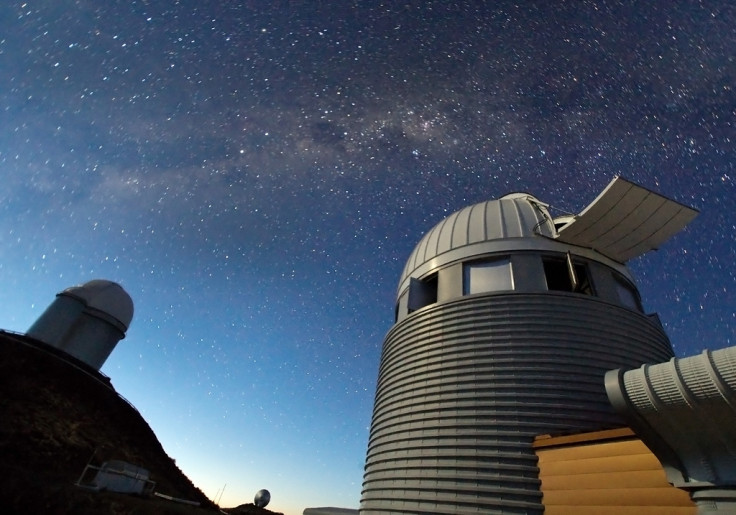Life in space: We have discovered a potentially habitable planet on our doorstep - Wolf 1061c

The closest potentially habitable planet outside of our solar system has been discovered, say astronomers. The planet, 14 light years away, is considered to be within the 'goldilocks zone' – meaning liquid water could exist on its surface.
Named Wolf 1061c, the planet is more than four times the mass of Earth, and was found orbiting its central star, Wolf 1061. Its distance from the star indicates that liquid water could be found on the planet, and it's relatively low mass suggests that it could also be rocky on the surface.
"It is fascinating to look out at the vastness of space and think a star so very close to us – a near neighbour – could host a habitable planet," said Duncan Wright, lead researcher of the investigation. "While a few other planets have been found that orbit stars closer to us than Wolf 1061, those planets are not considered to be remotely habitable."
Wolf 1061c is one of three planets discovered orbiting the central star. All three planets have a low enough mass to be rocky, but only Wolf 1061c could potentially hold water.

The closest planet to Wolf 1061 is far too hot to support liquid before it turns into gas, whilst the outer-most planet lies just outside of the goldilocks zone, so any potential water would quickly turn to ice. However, Wolf 1061c lies right in the middle of the two – safely within the goldilocks zone.
Chris Tinney, researcher on the study, said: "These three planets right next door to us join the small but growing ranks of potentially habitable rocky worlds orbiting nearby stars cooler than our Sun."
The study, published in The Astrophysical Journal Letters, came out of the University of new South Wales. They used the European Southern Observatory's 3.6 metre telescope in Chile to make observations of the Wolf 1061 planets.
"Our team has developed a new technique that improves the analysis of the data from this precise, purpose-built, planet-hunting instrument, and we have studied more than a decade's worth of observations of Wolf 106," said Tinney.
The middle planet has joined 43 other exoplanets – planets outside of our solar system – on the 'habitable zone' list, and is the closest planet to Earth on that list. Previous to this discovery, Gliese 667Cc was the closest to us, 22 light years away – a full 8 light years further out from the newly discovered Wolf 1061c.
© Copyright IBTimes 2024. All rights reserved.






